How the seasons can affect our horses
How do the seasons affect horses in Australia? The change of the seasons can affect our horses in ways other than what we as horse owners know and or...

With a solution-focused approach, we collaborate closely with clients and consultant teams to align on scope, time frames, design objectives, and cost. We’re committed to delivering a strong return on your investment. Are you interested in our work in the commercial and industrial sectors?

Our client, a vet and sheep farmer, needed a shearing shed and yard cover designed for efficiency and innovation. Partnering with our team, he collaborated with fit-out providers to create two custom steel structures tailored to his farm’s needs. His farm is now equipped for better working conditions and long-term success.

Providing Industry-Leading Steel Building Solutions
Central Steel Build, committed to innovation, quality, and customer satisfaction, has solidified its reputation as an industry leader. We're revolutionising agricultural structures, and transforming how farmers and producers approach building solutions. If you’re interested in our work in the agricultural sector, read the article to discover how we’re transforming building solutions.

Oritech combined office and warehouse
Oritech Pty Ltd partnered with us to build a modern office and warehouse facility in Mitchell Park, Victoria. The design featured innovative L-shaped tilt panels for both function and style. Using our Pro. building approach, we delivered a durable, cost-effective, high-quality solution. Seamless collaboration ensured the project was completed on time and within budget.
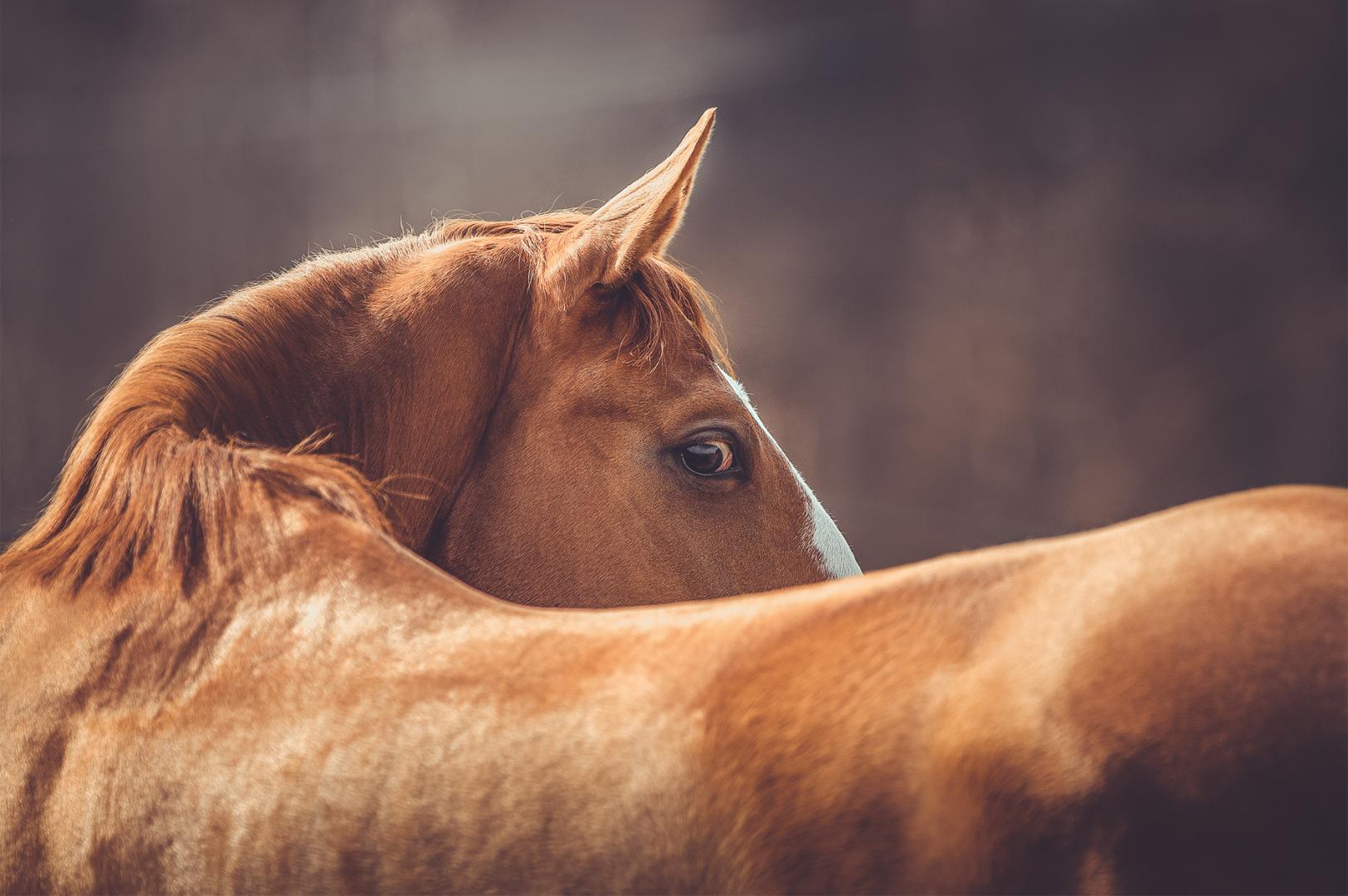
A horse’s topline refers to the muscles that support the spine from neck to hindquarters. The topline is an important factor in performance, and how the animal looks and feels. Unfortunately awareness of Topline Syndrome is limited and often those who know about it are confused with conflicting information on how to create a healthy topline. Exercise, saddle fit, age and genetics are often blamed for the syndrome, however nutrition is often overlooked as a solution to build and maintain a good topline.
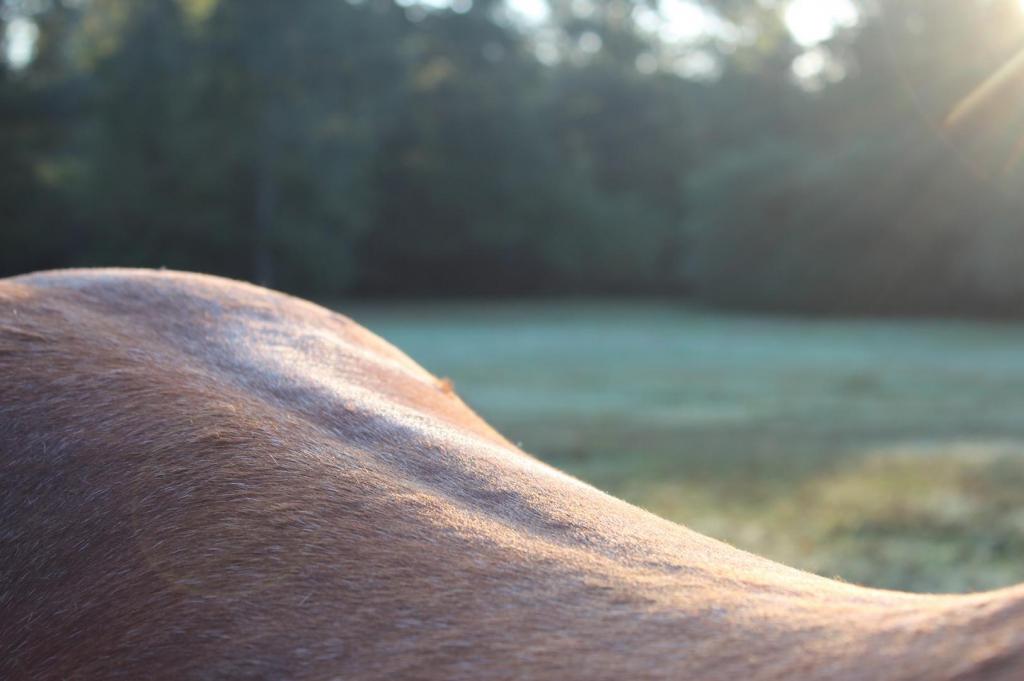
The Topline Evaluation Score (TES) is a tool that allows horse owners to easily evaluate their horse’s topline and assigns scores to help determine the stages of topline development.
TES breaks the topline into three sections:
1. Withers and mid back
2. Loin
3. Croup area
Horse owners can begin by visually examining their horse in those three areas, taking note if any areas appear sunken on the sides of the spine, meaning improvement is needed. An ideal topline is described as well-muscled, displaying a full and rounded athletic appearance, with no concave or sunken in areas. This area of the horse’s body is a good visual indicator of the whole-body amino acid status as well. While concave areas in the topline are never acceptable, flat areas may be acceptable based on breed and/or genetics.
The topline area of a horse mostly consists of muscle, however once a horse reaches a Body Condition Score (BCS) of 8 and above (considered obese), the subcutaneous fat layer over the topline musculature becomes visible. The goal is to maximize the topline musculature without adding fat.
See a step-by-step process of how to assess your horse’s topline here.
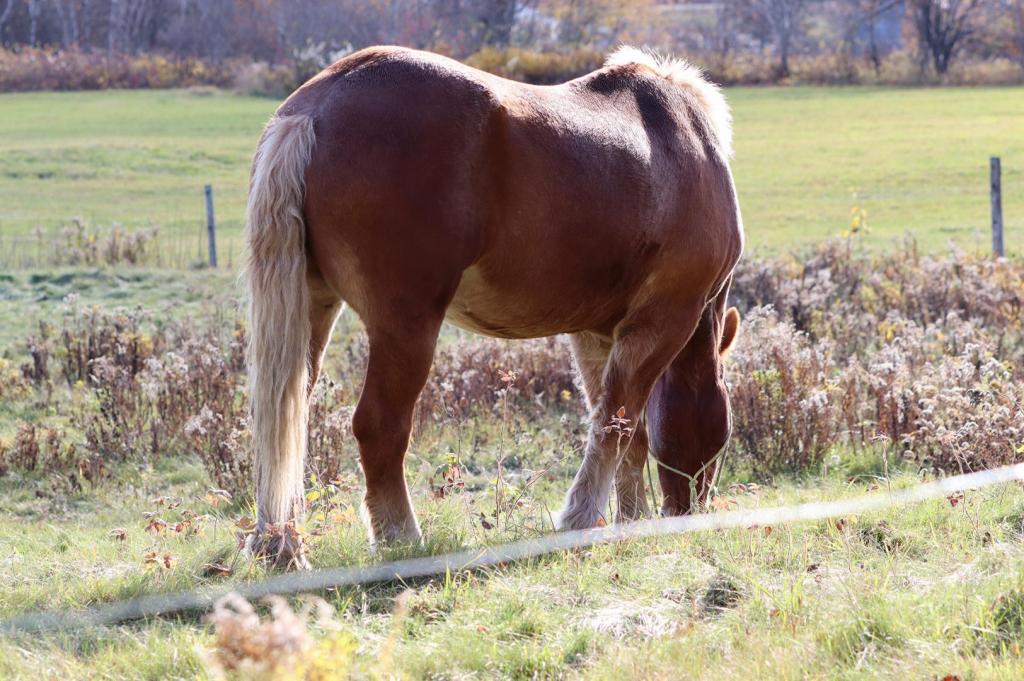
Resolving issues behind topline loss allows a horse’s brain to ‘reset’. Topline muscles don’t strengthen from sweaty workouts, but benefit from posture training and building core muscles. For this to be successful, handlers need to train the horse’s mind to know what to do with these muscles.
It is a good idea to work with your veterinarian to diagnose any medical issues your horse may have, because if your horse is in pain topline-building exercises will only make it worse. However, if the issue is limited movement, get your horse exercising.
As stated before, inadequate nutrition is often a key cause of topline issues. It is important that your horse is on a diet that includes the right amount of amino acids which converts into protein, then into muscle. The quality of protein is important for muscle production and it is vital that you choose the right feed for your horse. Getting a nutritionist will ensure you are supplementing correctly for your horse’s development and giving your horse the right foods in the right amounts.
There is no shortcut building the horse’s back, you need to build the horse’s core. It is a great idea to do five minutes of core training once a day on the ground before riding.
It is imperative for your saddle to fit correctly if you want to ensure your horse does not develop signs of Topline Syndrome. A proper saddle fit should be done at the beginning of riding days as young horses can quickly learn bad posture habits if started under an ill-fitting saddle. Horses need saddle refitting done often as their back shapes and evolves with training and age. As the topline improves the saddle can cause uncomfortable pressure points along the new musculature. So, during this process, have an independent fitter or saddle company representative evaluate your tack regularly—once a month if you’re building topline or once every six months if your horse’s topline is stable.
A great topline exercise is going up and down hills- especially down them. Working on hills makes the brain consider the body’s centre of gravity and posture, especially if it has to manage downhill movement slowly. Riders can also apply elastic resistance bands in the abdominal area and hindquarters during ridden work. The bands stimulate self-proprioception (self-awareness of where and how an individual’s body parts are being used). This results in the strengthening of core muscles and, hence, the topline.
Information credits: thehorse.com horsefeedblog.com
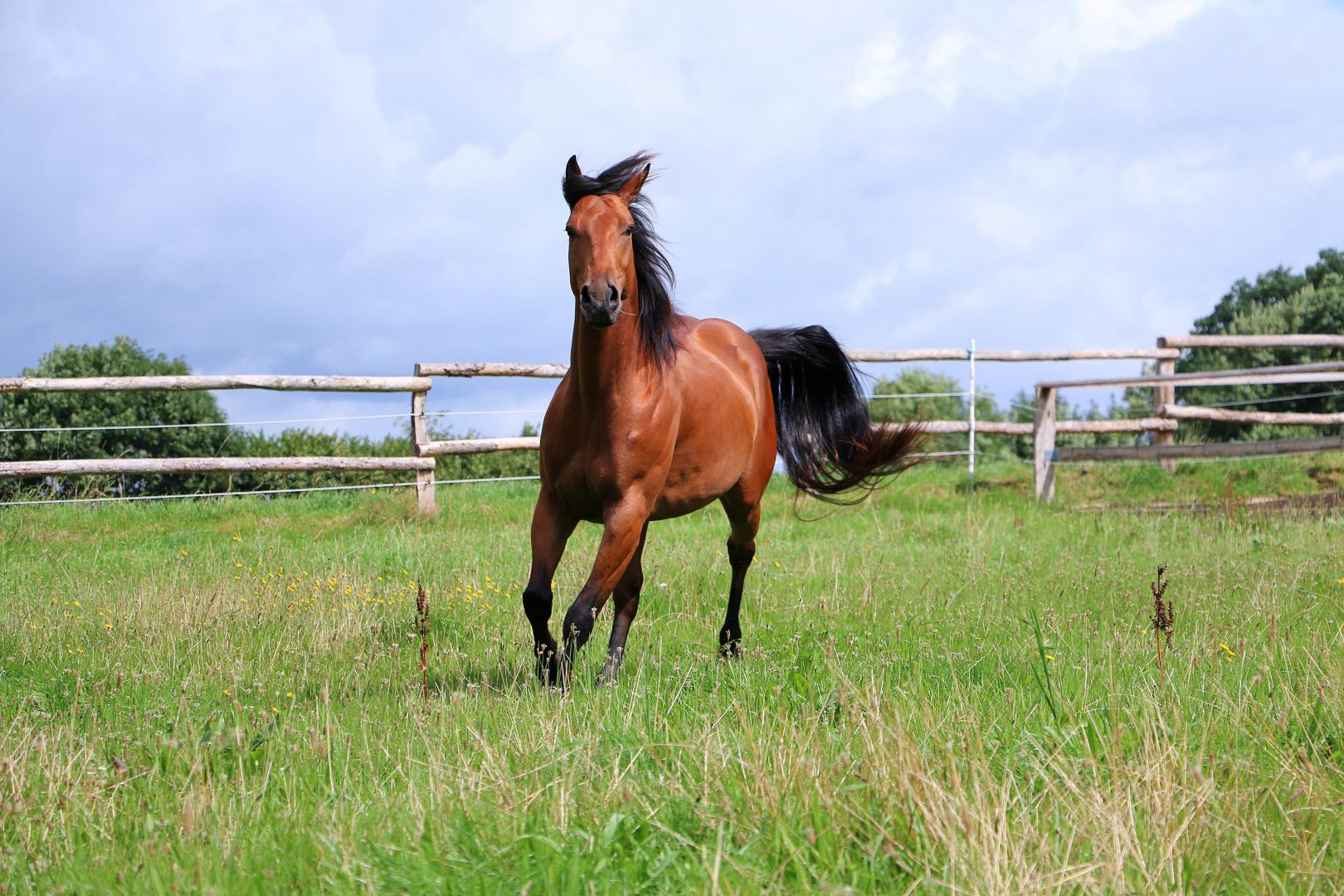
How do the seasons affect horses in Australia? The change of the seasons can affect our horses in ways other than what we as horse owners know and or...
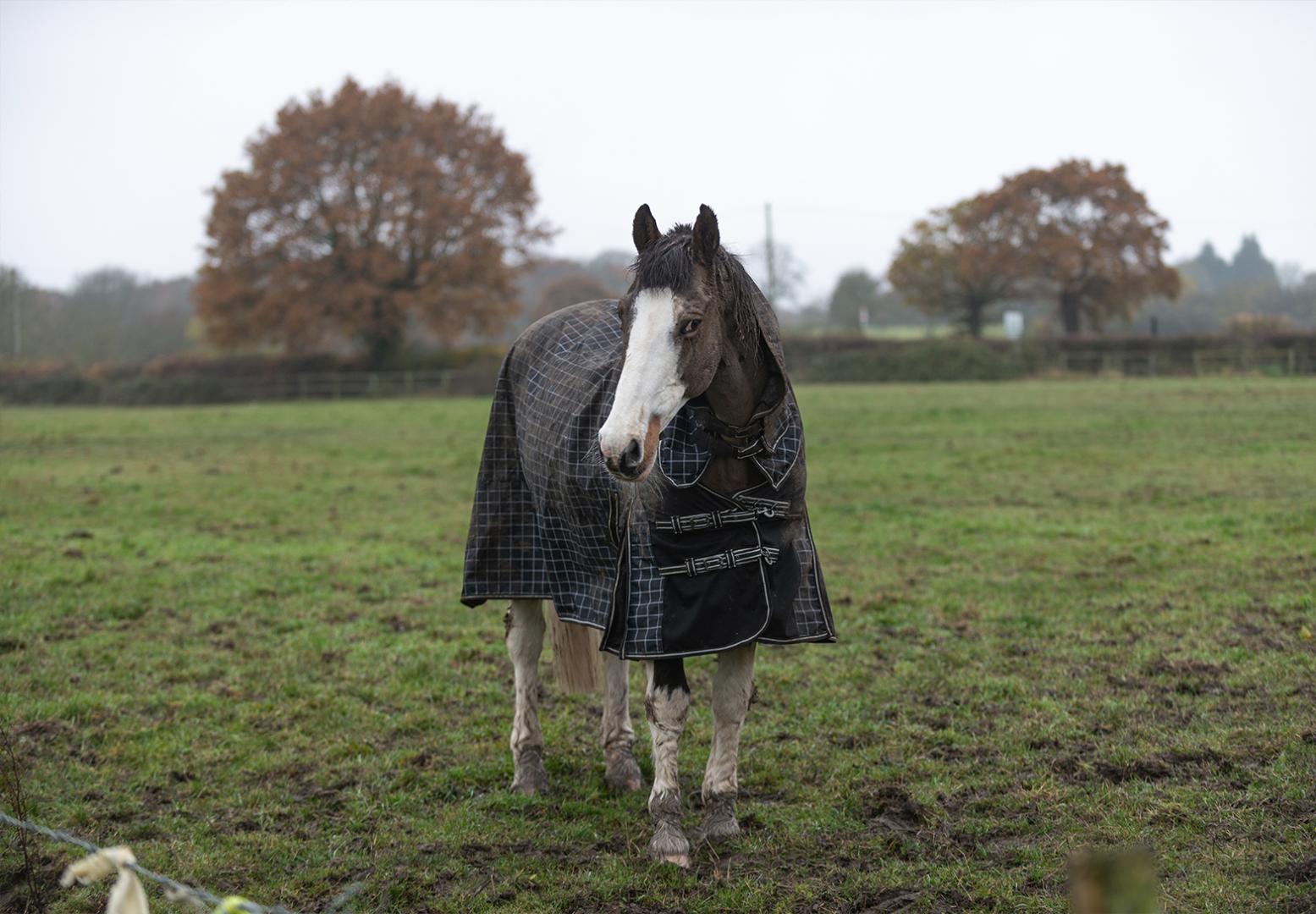
Top tips for winter horse care Caring for horses is a big job all year-round but in winter there are extra considerations to keep horses happy and...
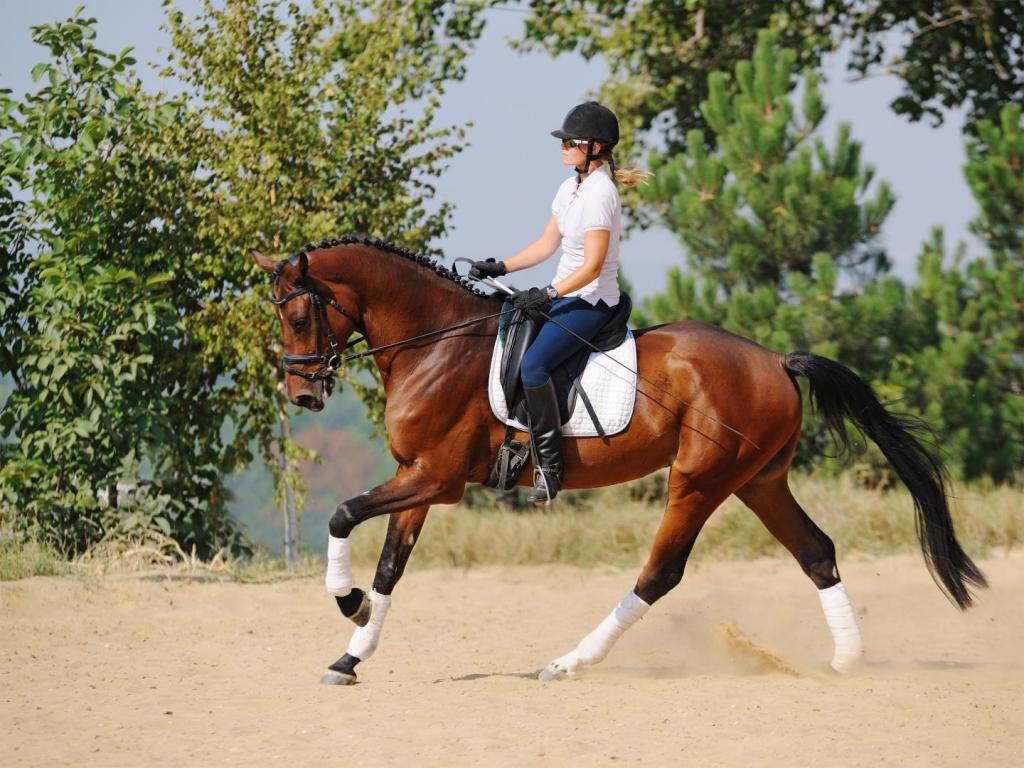
We are all feeling the pain of the current lockdown due to COVID-19. Being stuck at home most of the time gets monotonous and tedious for you and...